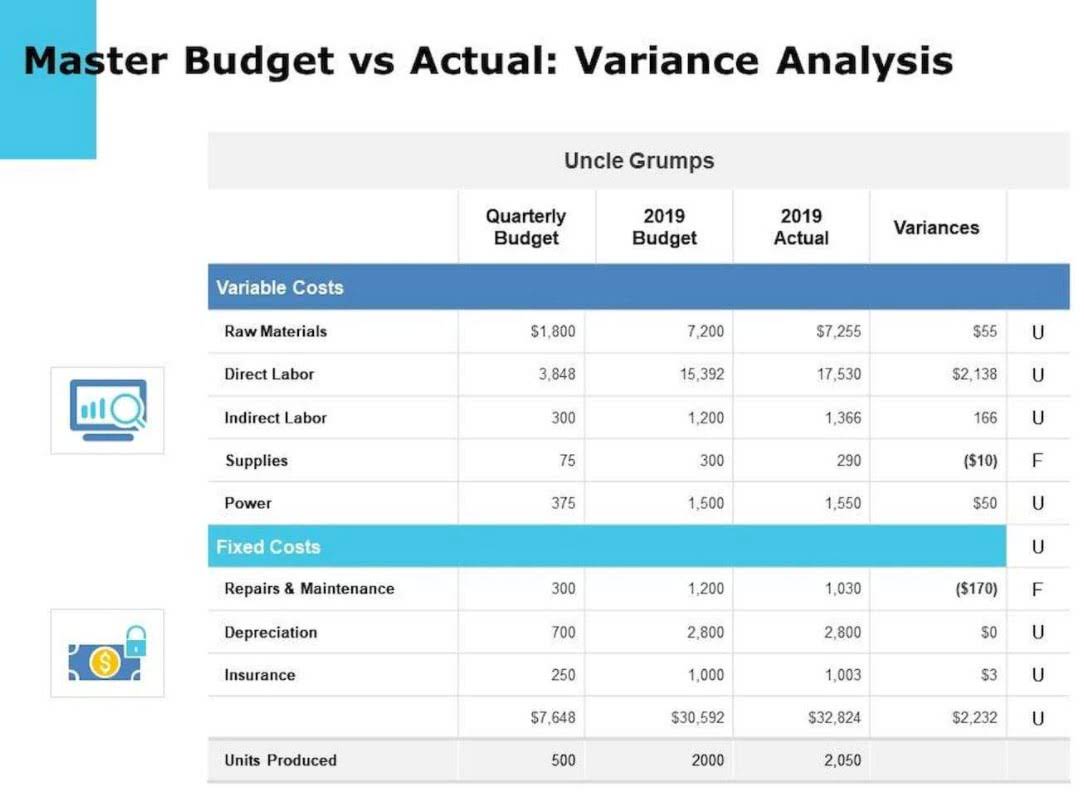Bank Transfer vs Wire Transfer: Key Differences Explained

Wire transfers are particularly useful for urgent or high-value transactions. The primary appeal is their speed and reliability, making them a preferred choice for international and domestic wires. A wire transfer is an EFT method that moves money directly petty cash and securely from one financial institution to another. While wire transfers are similar to EFT methods like ACH transfers, which move funds between various parties, these transfers have a few differentiating features.

Varo Bank international wire transfer: Fees, limits, and rates

If you’re wiring $15 or more to a foreign account from the U.S., this is known as a remittance transfer. For an ACH transaction to be processed, sufficient funds must be in the account. Otherwise, the payment or transfer will be returned, which could trigger a fee.
- However, wire transfers, being direct bank-to-bank transactions, may involve higher security standards.
- Additionally, regularly monitoring your accounts for any unauthorized transactions or unusual activity can help detect and prevent fraudulent transfers.
- This shift has brought sustainable investment funds into the spotlight, allowing…
- Wire transfer fees can vary significantly depending on the bank you use, the destination of the transfer, and the amount being sent.
- Generally, EFTs are more cost effective than wire transfers, as financial institutions will often charge a fee for bank wires.
The Ultimate Guide to Adopting B2B Payment Processing Solutions in 2024

Wire transfer specifically involves immediate bank-to-bank wire transfer vs electronic transfer transfers, often used for urgent or international transactions. Whereas international wire transfers and remittance transfers cater to the need for cross-border payments, which are often integral to business operations and personal finance. Overall, electronic transfers provide a secure, convenient, and efficient way to transfer funds between accounts electronically. With the increasing prevalence of online and mobile banking, electronic transfers have become an integral part of modern-day financial transactions.

What Is the Difference Between ACH and Wire Transfers?
- Wise is a specialist in low cost international transfers which use the mid-market exchange rate.
- With the advancement of technology and the rise of digital banking, people have access to several payment methods that can make their life easier.
- International wire transfers can take slightly longer, at around one to two business days or more.
- Ultimately, the decision hinges on factors like transaction urgency, cost considerations, and the level of security required.
- Electronic transfers can be done online or through a mobile device, and they only require the recipient’s email address or phone number.
- Investing today is about more than just maximizing returns; it’s also about aligning your financial decisions with your values.
- EFTs operate through a sophisticated electronic network, which allows financial institutions like banks and credit unions to communicate and transfer funds to each other.
Wire transfer and electronic transfer are two common methods of transferring funds, but they have https://www.bookstime.com/articles/negative-retained-earnings some key differences that you should know before choosing one. Some banks or financial institutions will require more information before they can process the wire transfer. This will be stated when you begin the process, usually on a transfer form. They’re both a really secure way to transfer money, but you should be aware of potential scams nonetheless. Always make sure you know the identity of the person you’re sending money to, regardless of the type of transfer you’re doing.
- This includes debit cards and credit cards, as card payments are electronic but do not involve the ACH network.
- It’s important to familiarize yourself with your bank’s customer protection policies and reporting procedures in case you encounter any suspicious activity or unauthorized transactions.
- Both payment methods offer convenience for modern businesses and consumers, but it’s important to know the differences between the two.
- With our versatile payment options, including in-person, online, and on-the-go, you can cater to all customer preferences while keeping costs down.
- They can take a few days to process, depending on the institutions involved and the timing of the transfer.
- Each method has its advantages and is suited to different types of financial needs.
- These fees vary by provider, but a good rule is that domestic wires will cost less than international wires.
Pros and Cons of Wire Transfers

To start a wire transfer online, you generally need to log into your bank account and navigate to the section for transfers. From there, you’ll enter the information mentioned above and transfer funds online without ever having to visit a branch. Today, wire transfers happen in a wide variety of ways beyond the telegraph wires of yesteryear. No matter the type of wire, there’s always a sending and receiving party and an entity in the middle facilitating the transfer.
- International wires sometimes can take longer to deliver—up to 7 to 10 days.
- Businesses needing to meet tight deadlines, such as payroll or invoice payments, often choose wire transfers despite higher fees, prioritizing speed.
- Systems such as the Federal Reserve’s Fedwire Funds Service or the SWIFT network expedite domestic and international wire transfers, ensuring secure and rapid fund movement.
- They can both be used to transfer funds domestically and internationally from one bank account to another using an app or online portal.
- Additionally, wire transfer fees generally accrue higher costs than standard electronic transfers, which can sometimes be free depending on the terms set by financial institutions.